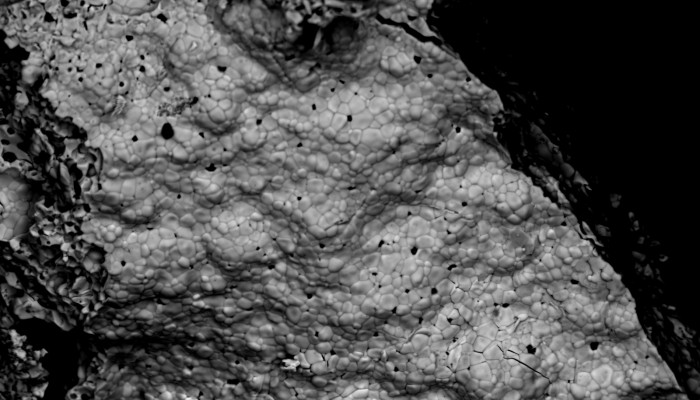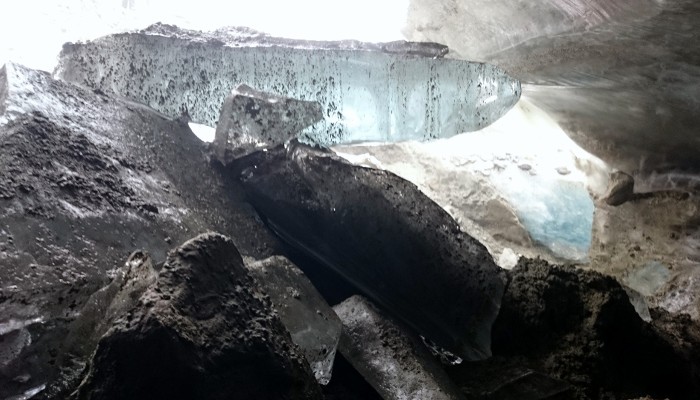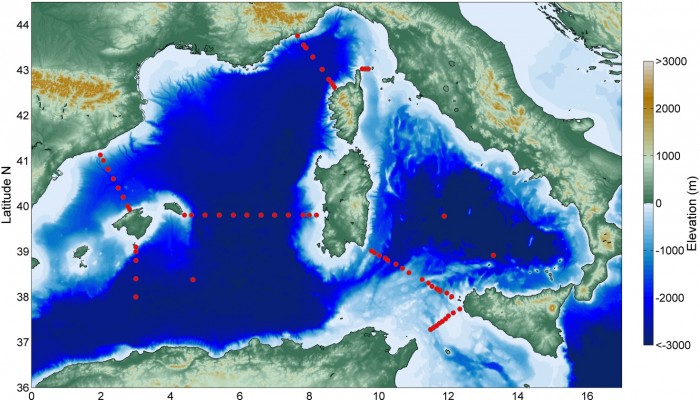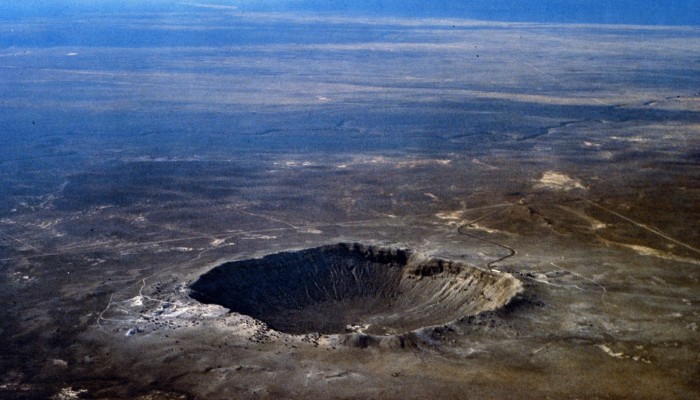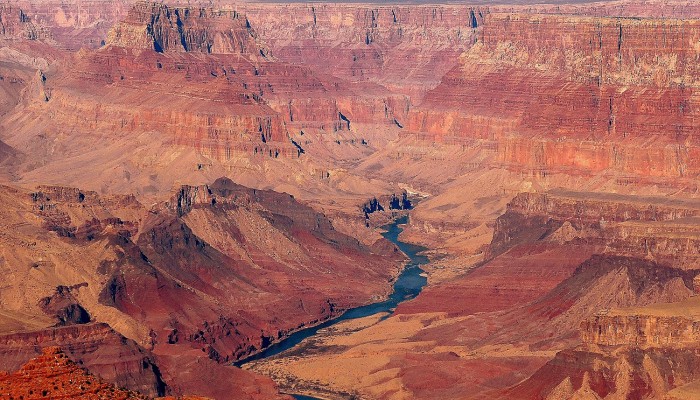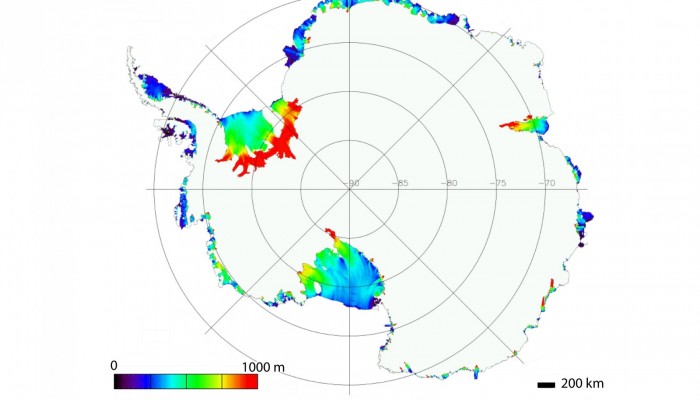This week’s photo is from my personal research and shows a precipitate that I generated in the lab one day of AgI (silver iodide) for analysis of 129I by accelerator mass spectrometry. I felt though that I wanted to verify the purity of the AgI so I quickly threw in on our scanning electron microscope to a) check the chemistry and b) take a picture. The image below shows an amalgam of AgI cr ...[Read More]
GeoLog
Imaggeo on Mondays: What a thin section has to say about the deformation of the Zagros Mountains
The impressive Zagros Orogeny, as seen from a bird’s-eye view, has featured on Imaggeo on Monday’s blog posts a few times recently. From its fluvial dissection features, through to a false colour LANDSAT 7 image which reveals a velociraptor hiding among fold and thrusts, we’ve looked at the broad scale structures which shape the Zagros mountains. This week, the scale changes entirely: we zoom righ ...[Read More]
GeoLog
GeoPolicy: What science policy & the European Union mean to EGU members
Since joining the EGU over a month ago as the Union’s Policy Fellow, Sarah Connors, has been hard at work getting to grips with the political landscape of the European Union and the role Earth scientists and EGU members at large can play in policy making. This is post the first of the new GeoPolicy Column. During her one year term Sarah will regularly contribute content to GeoLog on all things pol ...[Read More]
Cryospheric Sciences
Image of the Week: Under a Glacier
What is happening under a glacier? This is a difficult questions to answer as accessing the glacier bed is usually not that easy. Here, we are getting a rare glimpse of the different processes and materials that are often found at the ice-bed interface. The photograph shows both sediments and hard rock, clear ice and dirty ice, and of course flowing water. No wonder these processes are complicated ...[Read More]
GeoLog
Cruising the Mediterranean: a first-hand account of a month at sea – Part 1
Simona Aracri, a PhD student at University of Southampton, spent a month aboard the research vessel, R/V Minerva Uno, cruising the Mediterranean Sea. Simona and the team of scientists aboard the boat documented their experiences via blog. Over the coming weeks we’ll feature a few of the posts the team shared over the one month voyage: you can expect to find out what life aboard a large research ve ...[Read More]
An Atom's-Eye View of the Planet
Meteorite impact turns silica into stishovite in a billionth of a second
The Barringer meteor crater is an iconic Arizona landmark, more than 1km wide and 170 metres deep, left behind by a massive 300,000 tonne meteorite that hit Earth 50,000 years ago with a force equivalent to a ten megaton nuclear bomb. The forces unleashed by such an impact are hard to comprehend, but a team of Stanford scientists has recreated the conditions experienced during the first billionths ...[Read More]
GeoLog
Imaggeo on Mondays: The Grand Canyon and celebrating Earth Science Week
Today marks the start of Earth Science Week – a yearly international event which aims to help the public gain a better understanding and appreciation for the Earth Sciences. The event is promoted by the American Geosciences Institute and the Geological Society of London, amongst others, so be sure to head to their websites to find out more. Our Imaggeo on Monday’s image celebrates Earth Science We ...[Read More]
Seismology
INVITATION: Special Issue on Georisks in the Mediterranean
A special issue themed “Georisks in the Mediterranean and their Mitigation” is being compiled to be published in Natural Hazards (Springer) (Impact Factor of 1.719) http://www.springer.com/earth+sciences+and+geography/natural+hazards/journal/11069 Manuscripts containing original research or reviews are welcome for submission. They will be accepted or rejected after a peer review process. Topics co ...[Read More]
Geology Jenga
An Andy Warhol Moment for Liverpool’s Geomagnetism Group – dating the formation of the Earth’s Inner core
This week, my PhD supervisor, Andy Biggin, had a paper out in Nature. The findings of this new research point towards the Earth’s inner core being older than we’d previously thought. Recent estimates, suggest that the Earth’s solid inner core started forming between half a billion and one billion years ago. However, Andy’s (and co-workers) new measurements of ancient rocks as the ...[Read More]
Cryospheric Sciences
Image of the Week: Antarctic ice-shelf thickness
Thickness of floating ice shelves in Antarctica. Ice thickness is greatest close to the grounding line where it can reach 1000 meters or more (red). Away from the grounding line, the ice rapidly thins to reach a few hundreds of meters at the calving front. Ice thickness varies greatly from one ice shelf to another. Within ice shelves, “streams of ice” can be spotted originating from in ...[Read More]

